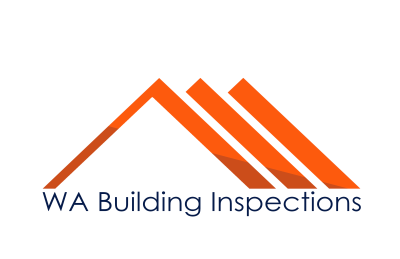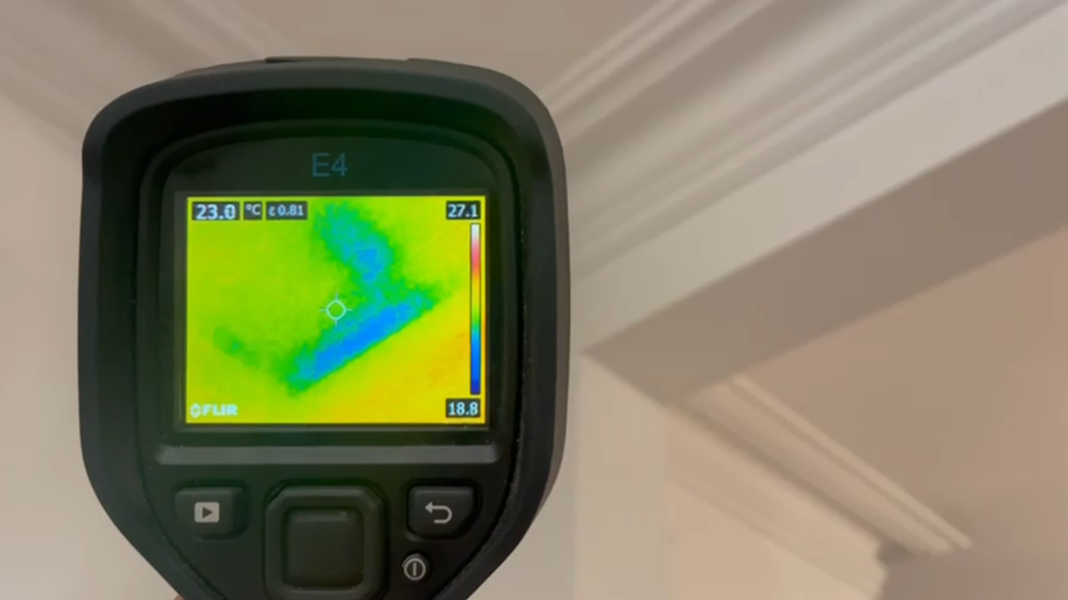– KEY TAKEAWAYS
- A building inspector armed with advanced thermal inspection equipment can detect minir and severe water ingress.
- 99% of building inspections in Perth do NOT use thermal inspections for pre purchase building and pest inspections.
- Water ingress in homes is the leading cause of remediation costs and failed structures in Perth.
Introduction
Water ingress can be a significant concern for building owners and occupants in Perth.Water Ingress is the unwanted entry of water into a structure, which can lead to various issues such as structural damage, mold growth & compromised indoor air quality. To ensure the safety and integrity of buildings, water ingress inspections plays a vital role in identifying and addressing potential vulnerabilities and leaks for buyers and home owners.
Understanding Water Ingress
Water ingress occurs when water penetrates the building envelope, which includes external walls, roofs, windows & doors. It can happen due to a variety of reasons, such as poor construction, aging materials, inadequate maintenance or extreme weather events like our famous Perth storms. Regardless of the cause, timely detection and remediation of water ingress are crucial to prevent further damage.
The Importance of Water Ingress Inspections in Perth
A Water ingress inspection is essential for several reasons, especially for pre purchase building and pest inspections. Firstly, it helps you identify existing or potential points of water entry for the house you’re about to spend a million bucks on. By detecting these vulnerabilities before buying, you simply avoid buying a lemon that will cost you a lot in remediation costs later on. If you already own the property, regular inspection helps maintain the structural integrity of the building, ensuring its longevity. Lastly, water ingress inspection helps protect the health and well-being of the occupants by preventing the growth of mold and mildew.
Common Causes of Water Ingress
Understanding the common causes of water ingress can assist in proactive maintenance and prevention strategies. IN our experience, some of the primary factors contributing to water ingress include:
– Damaged or deteriorated roofing materials
– Faulty or poorly installed windows and doors
– Cracked or compromised exterior walls
– Improperly sealed joints and gaps
– Plumbing leaks and faulty drainage systems
Visible Signs of Water Ingress
Look out for the following indicators of water ingress in your property:
– Water stains or discoloration on walls or ceilings
– Peeling or bubbling paint and wallpaper
– Damp or musty odors
– Mold or mildew growth
– Warped or rotting wood
– Efflorescence (white salt-like deposits) on surfaces
The Process of Water Ingress Inspection
A water ingress inspection involves a systematic approach to identify visible and invisible potential sources of water infiltration. The process typically includes the following steps:
1. Visual assessment of the building’s exterior and interior
2. Inspection of roofing systems, including shingles, flashing, and gutters
3. Examination of windows, doors & their seals
4. Checking for cracks, gaps or deterioration in exterior walls
5. Utilising specialised thermal inspection equipment like moisture meters and thermal imaging cameras
6. Conducting water tests, such as hose spraying or flood testing to simulate real-world conditions
Professional Water Ingress Inspection Services
While basic inspections can be performed by building inspectors, engaging professional water ingress inspection services is highly recommended. Our Certified inspectors have the expertise, experience & specialised thermal imaging equipment needed to conduct comprehensive assessments. We provide detailed reports, including findings, recommendations & cost estimates for repairs, if needed.
Tools and Techniques Used in Water Ingress Inspection
Modern water ingress inspections rely on various advanced tools & techniques to ensure accurate assessments. Some commonly used tools include:
– Moisture meters: These devices measure the moisture content of building materials.
– Thermal imaging cameras: We detect temperature anomalies with a FLIR thermographic testing camera, helping identify areas of potential water intrusion.
– Borescopes: These allow inspectors to access confined spaces and visually examine hidden areas.
– Water pressure testing equipment: It helps simulate and detect leaks in plumbing systems.
– Ultrasonic testing devices: These tools can detect the presence of water within building components.
Preventive Measures to Avoid Water Ingress
In our experience, Prevention is better than the (expensive) cure when it comes to water ingress. Implementing the following measures can help reduce your risk:
– Regular inspection and maintenance of roofing systems, windows, and doors
– Sealing gaps and cracks in walls and foundations
– Proper drainage systems to divert water away from the building
– Regular cleaning and maintenance of gutters and downspouts
– Installation of moisture barriers and waterproof coatings
– Prompt repair of any plumbing leaks or water-related issues
Consequences of Ignoring Water Ingress
Ignoring water ingress can have severe consequences for both the building’s structural integrity and the occupants’ health. If you ignore it, it can lead to:
– Weakening of structural components
– Mold and mildew growth causing respiratory issues
– Damage to electrical systems
– Decreased property value
– Costly repairs and renovations
The Final Say
Water ingress inspections in Perth are such a crucial aspect of maintaining the safety and integrity of buildings before you buy a property and during ownership. By identifying and addressing potential sources of water entry, buyers and owners can prevent significant damage, ensure occupant well-being & extend the lifespan of structures. Regular inspections, coupled with preventive measures, are key to mitigating the risks associated with water ingress.
Frequently Asked Questions (FAQs)
Q1. How often should water ingress inspections be conducted?
It is recommended to conduct water ingress inspections before you buy a property and at least once every 2 years. However, in regions with extreme weather conditions or older buildings, more frequent inspections may be necessary.
Q2. Can I perform water ingress inspections on my own?
While basic inspections can be done by building owners, it is advisable to engage professional inspectors for thorough assessments. They have the expertise and equipment to identify hidden issues accurately as you can see in the video below.
Q3. How long does a water ingress inspection typically take?
The duration of a water ingress inspection depends on the size and complexity of the building. On average, inspections take 2-5hours.
Q4. Are water ingress inspections covered by insurance?
Insurance coverage for water ingress inspections may vary depending on your policy and the specific circumstances. It is recommended to review your insurance policy or consult with your insurance provider for clarification.
Q5. Can water ingress lead to structural failure?
Hell Yes, if water ingress is left unaddressed, it can weaken structural components over time, potentially leading to structural failure and compromising the building’s stability. We have seen this more than a handful of times in our time inspecting building in Perth.



